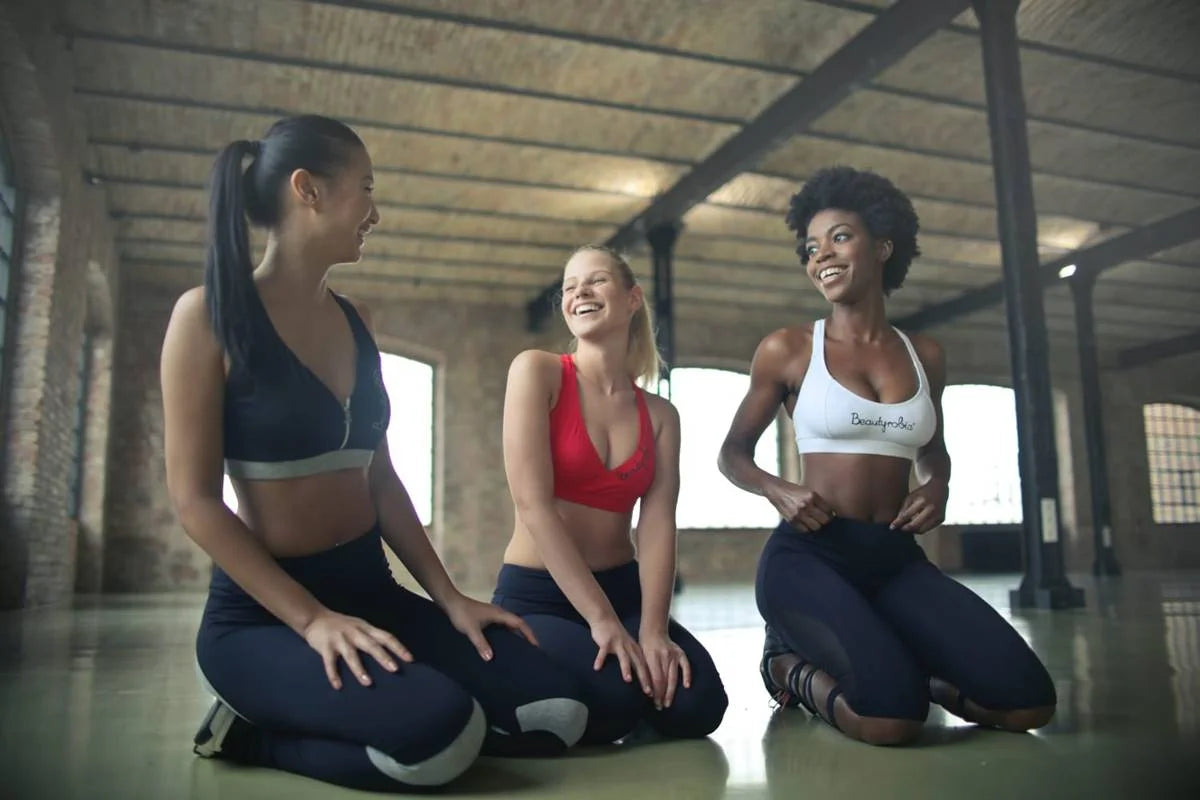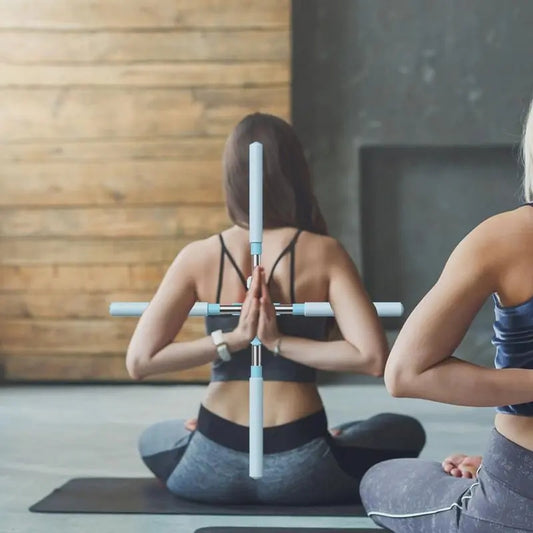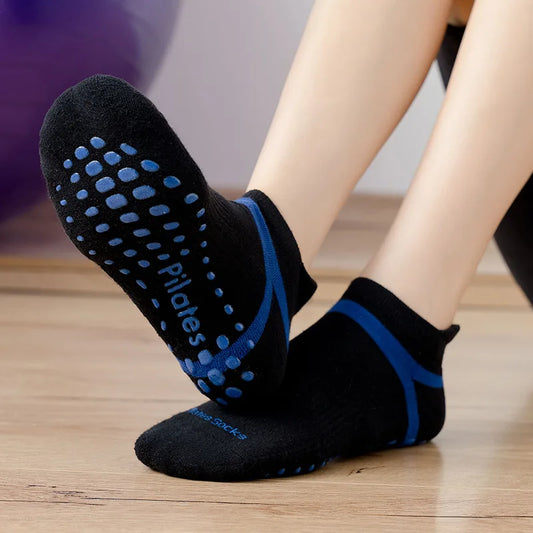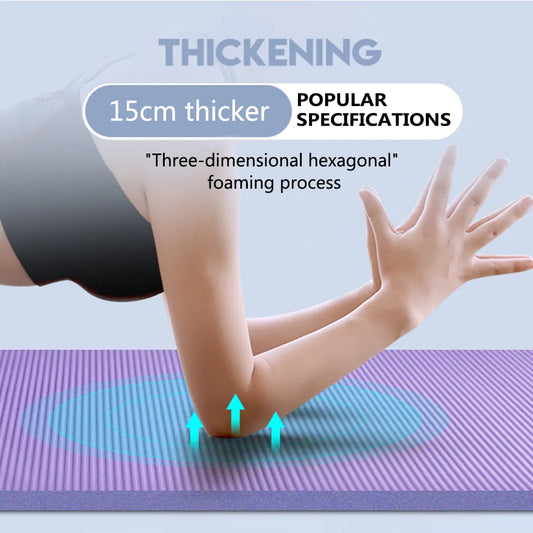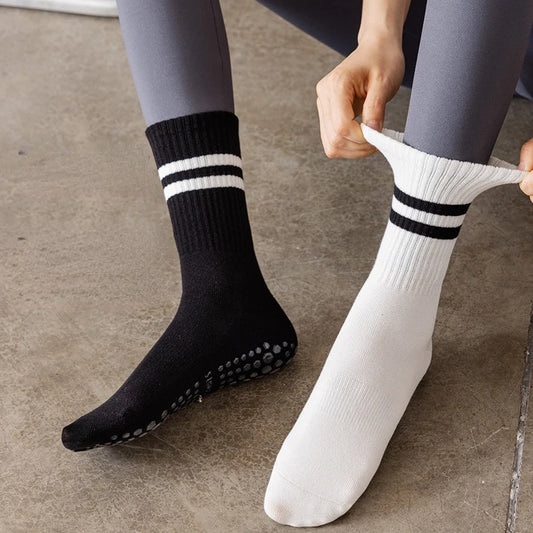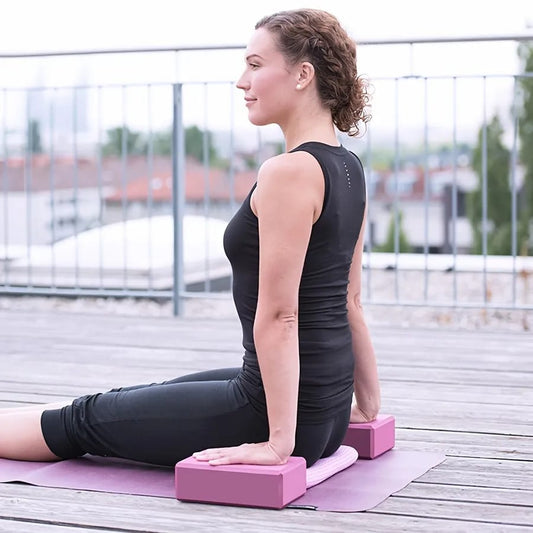Yoga can be highly beneficial for swimmers as it offers a variety of physical and mental benefits that complement swimming training. Here's how yoga can specifically benefit swimmers:
-
Flexibility: Yoga poses help improve overall flexibility, which is essential for swimmers to achieve optimal stroke technique and range of motion in the water.
-
Core Strength: Many yoga poses engage the core muscles, including the abdominals, obliques, and lower back, which are crucial for stability and efficiency in swimming strokes.
-
Breath Control: Yoga incorporates breath awareness and control techniques that can help swimmers develop better breathing patterns and lung capacity, leading to improved endurance and performance in the water.
-
Balance and Coordination: Yoga poses challenge balance and proprioception, which are important skills for maintaining body position and stability while swimming.
-
Injury Prevention: Yoga helps prevent injuries by strengthening muscles, improving joint mobility, and promoting proper body alignment and posture, reducing the risk of overuse injuries common among swimmers.
-
Recovery and Relaxation: Yoga can help swimmers recover from intense training sessions by promoting relaxation, reducing muscle tension, and enhancing overall recovery time between workouts.
-
Mental Focus: Yoga practice fosters mental focus, concentration, and mindfulness, which can help swimmers stay present and focused during training sessions and competitions.
-
Mind-Body Connection: Yoga cultivates a deeper connection between the mind and body, allowing swimmers to tune into physical sensations, identify areas of tension or imbalance, and make adjustments to improve performance in the water.
Specific yoga poses and sequences that are particularly beneficial for swimmers include:
- Downward-Facing Dog (Adho Mukha Svanasana): Stretches the shoulders, hamstrings, and calves while strengthening the arms and core.
- Cobra Pose (Bhujangasana): Opens the chest and shoulders, strengthens the back muscles, and improves spinal mobility.
- Pigeon Pose (Eka Pada Rajakapotasana): Stretches the hip flexors, glutes, and piriformis muscles, which can become tight from repetitive kicking in swimming.
- Warrior Poses (Virabhadrasana I, II, III): Build strength and stability in the legs, hips, and core while improving balance and focus.
- Seated Forward Bend (Paschimottanasana): Stretches the hamstrings, lower back, and spine, promoting flexibility and relaxation.
Incorporating yoga into a swimmer's training regimen can help enhance performance, prevent injuries, and promote overall well-being both in and out of the water.






